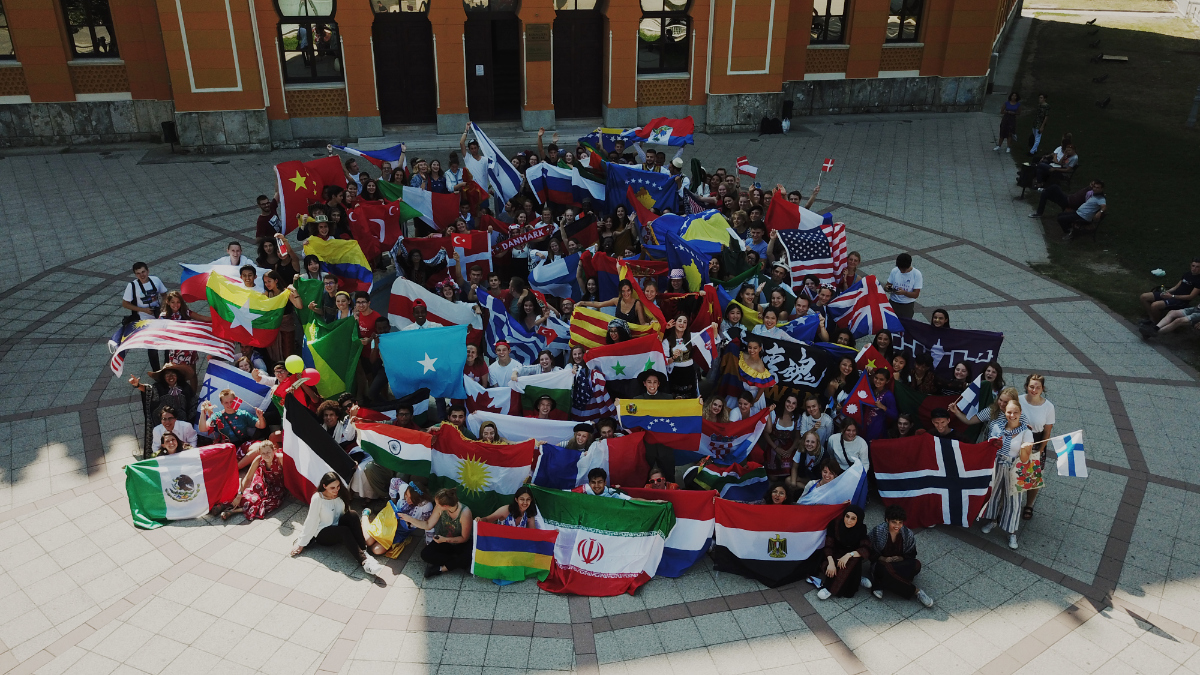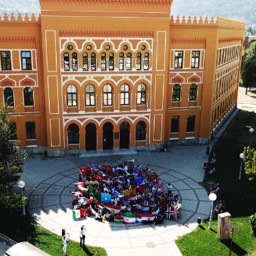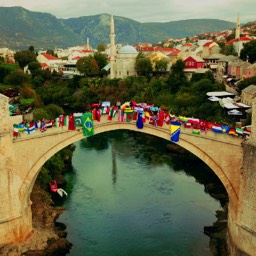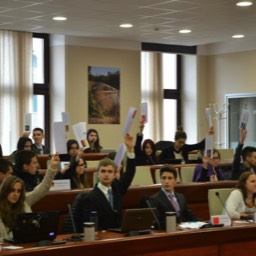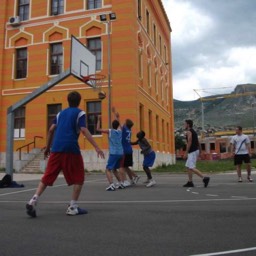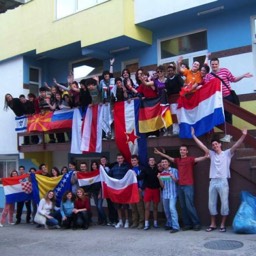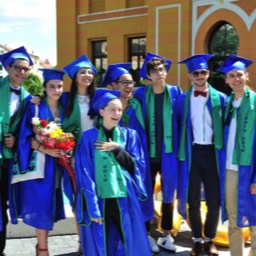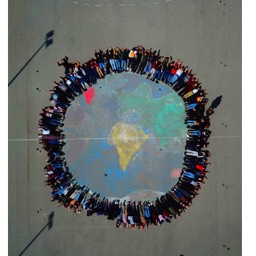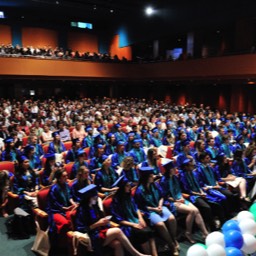Breakup of Yugoslavia Today Bosnia and Herzegovina is a multi-ethnic federal state with a mix of Orthodox Serbs, Muslim Bosniaks and Catholic Croats and others.

1989 – Fall of Berlin Wall
Increase in tensions between different national and ethnic groups.
Co-existing largely peacefully within a unified federal Yugoslavia
Co-existing largely peacefully within a unified federal Yugoslavia
1991 – Outbreak of war
Violent conflict with extensive civilian suffering
- Over 140,000 dead
- Over 4 million displaced
- Over 1 million refugees
- Demonstrating the ongoing legacy of the Second World War
1995 – Dayton Accord
Ended the war with the country constitutionally divided between:
- Republika Srpska, predominantly populated by Orthodox Serbs
- The Federation of Bosnia and Herzegovina, Divided into ten Cantons; Mix of Muslim Bosniaks, Catholic Croats and Orthodox Serbs; and Brcko District, multiethnic community whose territory exists as a condominium of the two Entities
1995 – Present
Situation today largely as agreed per the Dayton Accord.
Education in Bosnia is reinforcing and entrenching divisions between different national and ethnic groups from an early age, rather than supporting reconciliation and reconstruction.

Before the war academic standards in Yugoslavia were high, as in many other Eastern European countries
- Secondary schools pursued high standards of academic attainment and produced an academic elite
- Thousands of foreign students, with the support of scholarships, studied in Yugoslav universities
Following the war, however, education policy in Bosnia has been driven by ethnic pressures
Segregation of students by ethnic group into separate classes, taught exclusively curricular content which caters exclusively to their specific national group
The phenomenon called “two schools under one roof” today exists in two cantons in Federation of Bosnia and Herzegovina
Students of different ethnic backgrounds are taught in separate classes or in different shifts within the same school
However, under this policy, ethnic segregation sometimes becomes even more visible
Segregated classes are taught in adjoining classrooms, with breaks carefully timed to minimize human contact.
Alongside segregation runs a complete neglect of civic education
- No meaningful community service elements that encourage young students to offer help across the ethnic divide
- Failure of the educational system to support public-spirited community involvement needed by a post-conflict society
These policies are all currently reflected in Mostar where Croat and Bosniak pupils
- Attend separate schools
- Are taught different curricula for different examinations
- Are taught by their own “ethnically acceptable” teachers
- Have no meaningful way of providing community service across the ethnic divide
MOSTAR was symbolic of the violent breakdown of a multi-ethnic community. Mostar has become a litmus test for the efforts towards reconciliation of the international community.

Mostar is the symbol of the violent breakdown and division of a previously ethnically and religiously integrated society
Until the war, Mostar was one of the most ethnically integrated cities in all of former Yugoslavia
Having the second highest interethnic marriage rate in former Yugoslavia
During the war the city divided along ethnic lines
- The Catholic Croat community on the western bank of the Neretva River
- The Muslim Bosniak community on the eastern bank of the Neretva River
- The Orthodox Serb population being largely driven out of Mostar
As a symbol of the division of the city the Famous Old bridge, built around 1550, was destroyed in the fighting in 1993
The bridge was rebuilt following the war but the ethnic divisions remain clearly visible
- High above the town on the western side there towers an immense, floodlit Catholic cross
- On the eastern side the minarets and mosques stand almost side by side.
Today, Mostar remains a divided city
- The civic administration is fragmented
- Two universities and segregated schools
- The Orthodox Serbs, a substantial community before the war, now counts for about 4% of the population
Significant efforts have been and are being made by the international community to support reconciliation in Mostar
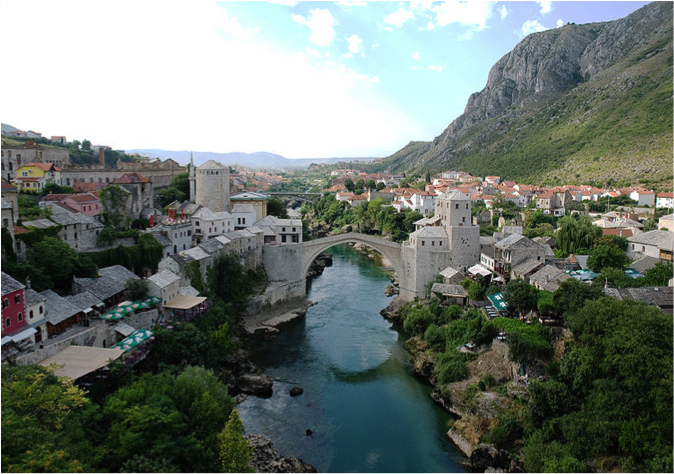
UWC Mostar is committed to the mission of promoting understanding between different national and ethnic groups through education. Its objectives are:

To provide the opportunity for future leaders in the Balkans to be educated within a fully ethnically integrated environment, alongside peers drawn from all ethnic backgrounds represented in the region
UWC Mostar is the only institution of secondary education in Bosnia that will absolutely insist on total integration of the student population irrespective of nationality or ethnicity. The only means to escape the accepted practice of educational segregation across different ethnic groups that is the norm in the region.
To create a unique environment in which young people drawn from across the world, as well as from the Balkans, are engaged in finding peaceful means to reconcile differences between diverse ethnic and national groups
UWC Mostar has a unique location at the heart of the part of Europe that has been most deeply and violently divided since World War II. As they are located directly in a zone of recent interethnic conflict, young people drawn from all over the world can see at first hand the high costs of ethnic and national divi
To become the leading secondary school establishment in the Balkans, achieving world-class levels of academic excellence
UWC Mostar is already achieving academic excellence and has an exceptionally strong foundation already in place in terms of educational infrastructure. Enormous potential to deliver academic outcomes that are world-class.
While the International Baccalaureate (IB) curriculum is at the core of the academic, an UWC education goes above and beyond the requirements set by the IB program. With a deliberately diverse student and staff body - with members from many different national, socio-economic, cultural, linguistic, political and educational backgrounds - UWC Mostar recognises that the curriculum has to allow for as many interpretations and perceptions as there are students in the program, so that the students feel able to represent their own history and perspective authentically. The formal IB curriculum is therefore complemented by sessions on global issues and other activities fostering critical thinking and courageous engagement with the challenges faced by today’s world.

UWC Mostar has been an IB World School since it opened in 2006.
The IB program gets further enriched through for example:
- Global Awareness and Balkan Studies in which learning at UWC Mostar goes far beyond the normal bounds of the IB.
- Co-curricular activities provide learning outside the classrooms. The co-curricular program supports aesthetic development, character building, spiritual and physical growth, moral values, and creativity.
- Living and co-habiting with students from all over the world.
STUDENT ENROLMENT 2006-2018 1095 students from 93 countries

639 International students
456 BiH students
UWC schools have a strong track record of achieving academic success alongside the objective of promoting understanding between different national and ethnic groups through education.

The mission of the United World College (UWC) Movement is to make education a force to unite people, nations and cultures for peace and a sustainable future
There are currently 18 UWC schools located across the world all combining the following features
- A rigorous academic programme
- A locally based social responsibility programme
- A multi-cultural environment
An average of 70 different nationalities are represented each academic year across UWC schools
Living on campus with a diverse group of peers creates an environment where preconceptions, prejudices and values are questioned and tested on a daily basis
The UWC schools, colleges and programmes deliver a challenging and transformative educational experience to a diverse cross section of students
Inspiring them to create a more peaceful and sustainable future
Prominent UWC Alumni

- Jorma Ollila, Former chairman of Nokia Corporation, Chairman of Royal Dutch Shell
- Peter Sands, CEO, Standard Chartered Bank
- Ian Khama, President of Botswana
- HM The King of The Netherlands
- Douglas Alexander, Shadow Foreign Secretary UK
- Pentti Kouri, Professor of Economics: Stanford, Yale, Helsinki, New York Universities
- Federico Varese, Professor of Criminology, Oxford University
- Alan McGregor, Professor of Medicine, King’s College
- Louise Leakey, Palaeontologist
